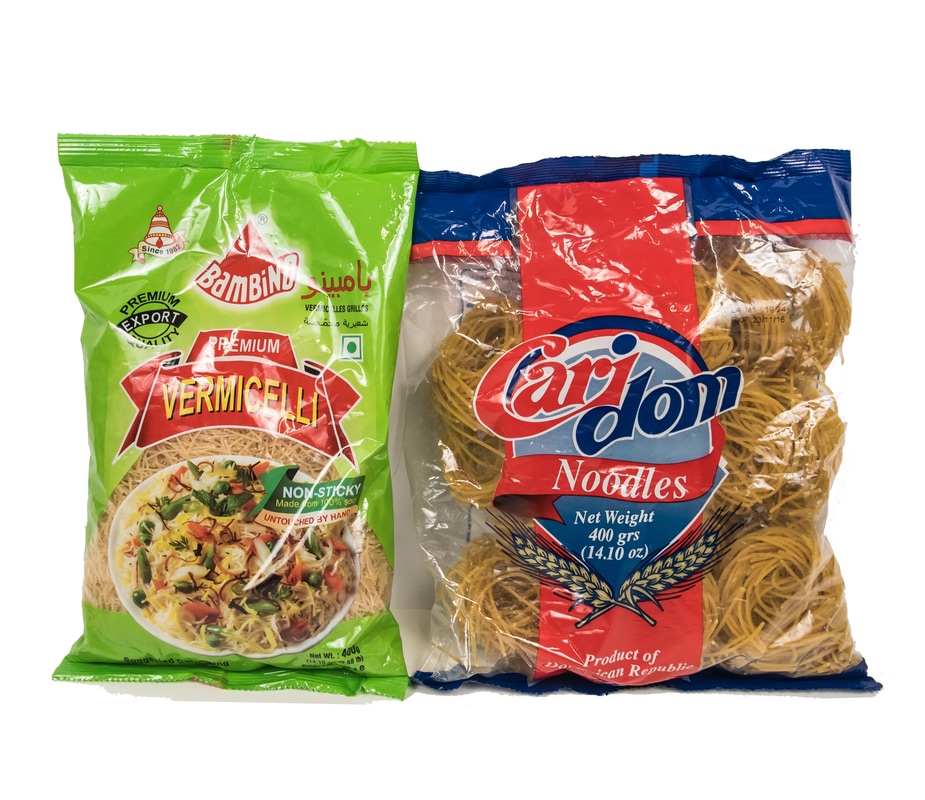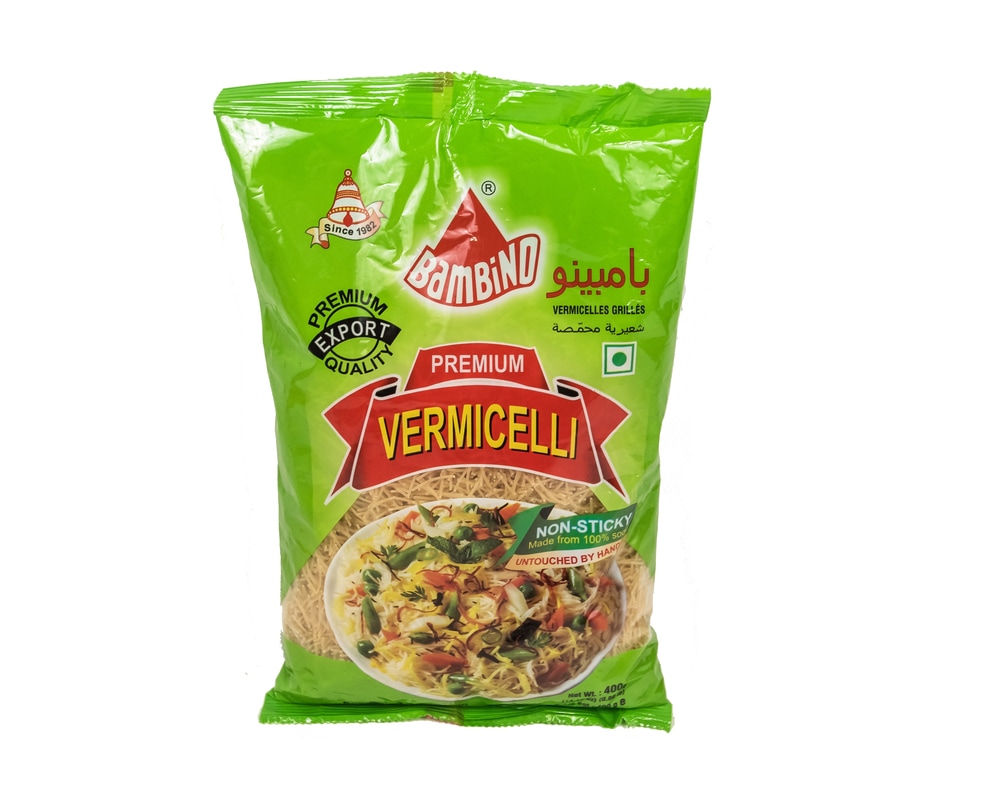
Discoveries at the Jungle Pasta Month: Bambino Pasta and Caridom Noodles
Back to feed- Posted: 4/15/2017
- Categories: Discoveries at the Jungle
It’s difficult to trace the origins of pasta, but it’s believed to have been invented around the 1st or 2nd century AD. Incredibly, It didn’t hit Italy until the 13th or 14th century! While you may think of Italy when you hear pasta, many cultures and countries around the world use pasta in their everyday dishes.
Pasta is typically made of dough that contains mostly wheat flour, but buckwheat, rye, rice and maize can be used as well, depending on the region of the world you find yourself exploring. Pasta has also evolved to contain vegetable purees such as spinach or tomatoes, mushrooms, cheeses, herbs and more, which can give the noodle itself a little flavor.
Jungle Jim’s International Market has a huge assortment of pasta from around the globe. This month we will be exploring a select handful, so now is a great time to get a pot of water boiling!
Bambino Pasta – India
Did you know: A 2013 Barilla World Pasta Day survey found that Americans’ three favourite pasta varieties, in order, are spaghetti, penne and rotini.
Did you know: At first, dry pasta was a luxury item in Italy, because of high labour costs, as the semolina had to be kneaded for a long time. Only after the industrial revolution in Naples, when a mechanical process allowed for large scale production of dry pasta, did it become affordable and popular among the common people.
Check out our previous pasta features!
Tasty Joy – Longkou Vermicelli Noodles from China and JFC Yamaimo Soba from Japan
Excellent Rice Stick Bihon from the Philippines and Bechtle Pasta from Germany
La Moderna Pasta from Mexico and Wang Udon Kuk Soo from Korea
Conimex Pasta from Malaysia and the Netherlands and Misko Pasta from Greece
Erawan Rice Noodles and AG Ferrari Pasta





